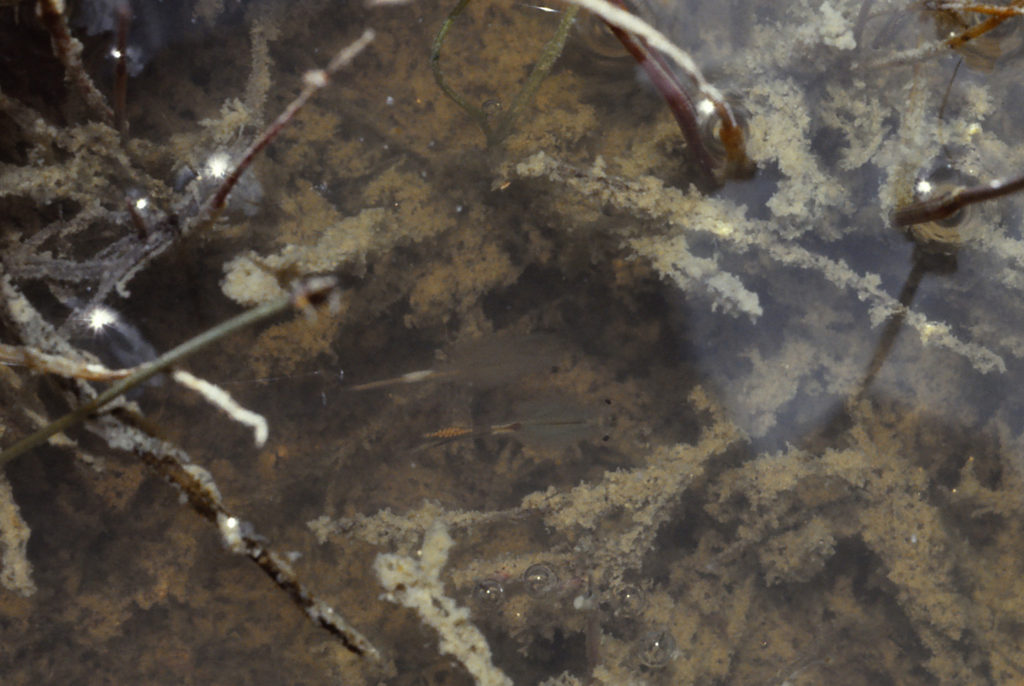With leafy lung-feet, to swim is to move, to breathe, to gain nourishment, and to explore one’s world; to be ever in motion.
Have you never seen us before?
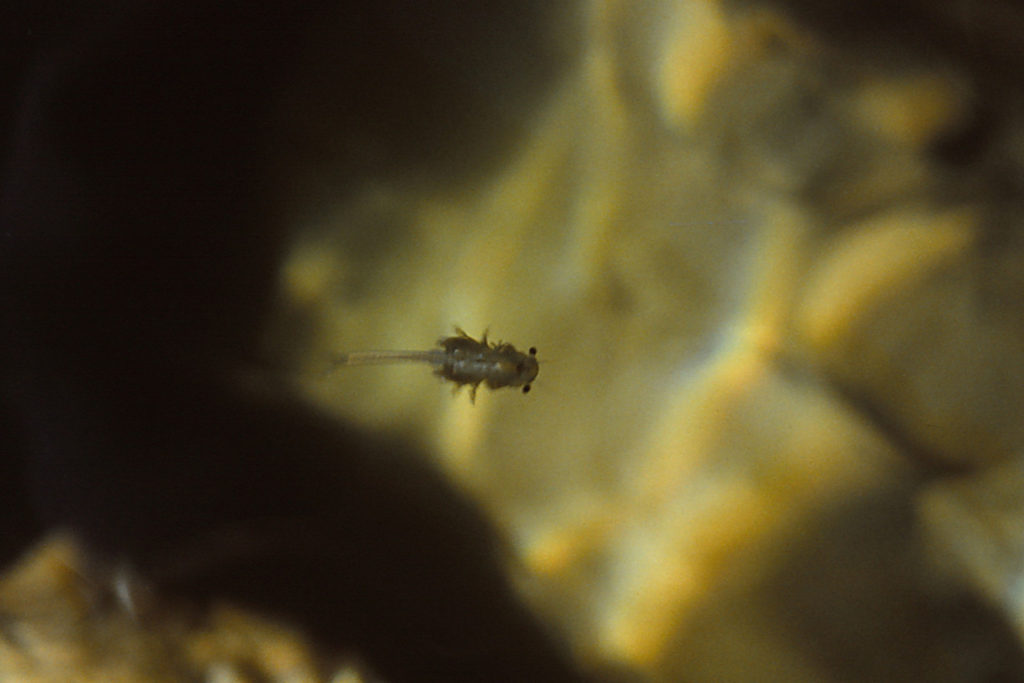
Fairy shrimp (Subphylum Crustacea, Class Branchiopoda, Order Anostraca) live in ponds all over the world. Rather than trying to outswim fish and other predators in the most popular and livable ponds, the order’s survival strategy focuses on water bodies that most predators can’t live in or can’t get to.
We flourish in low-alkalinity alpine waters . . .
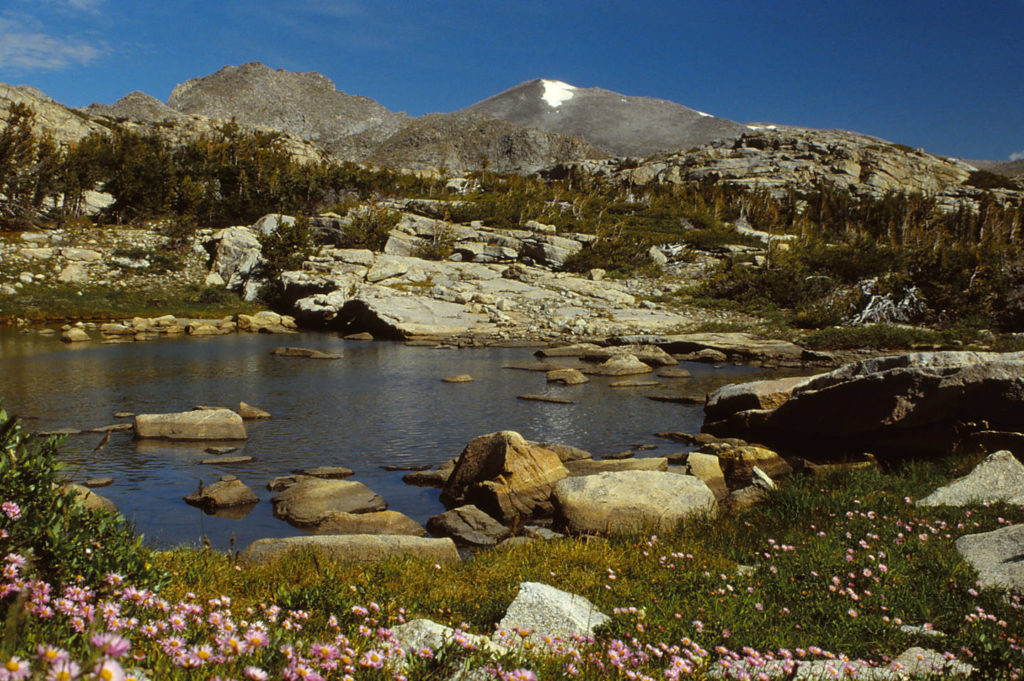
and in briny desert waters.
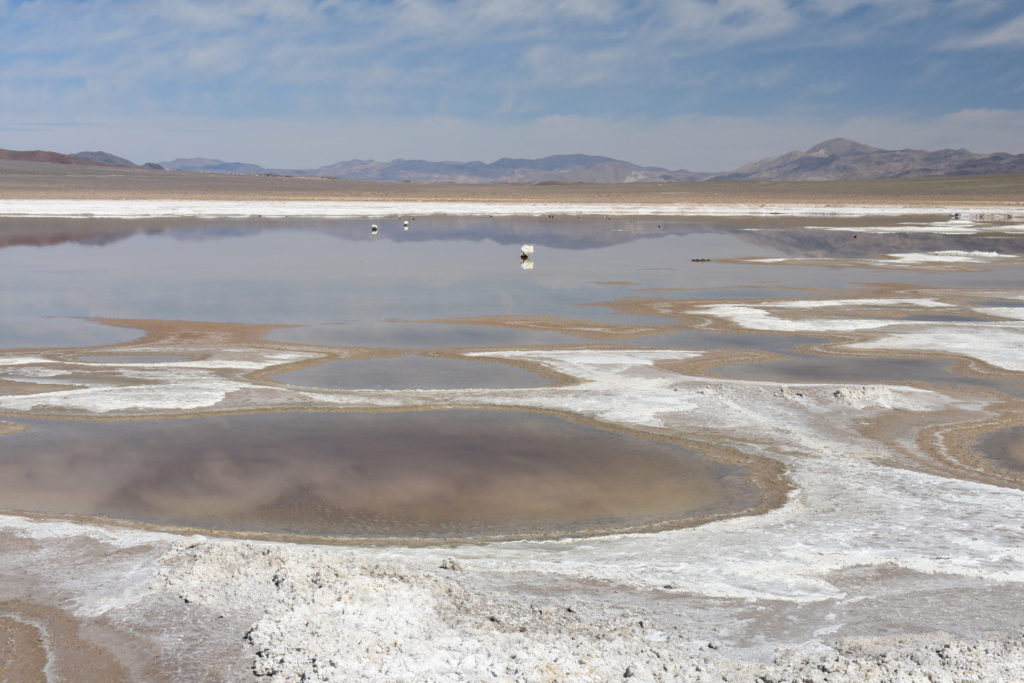
We populate big water bodies out in the sagebrush . . .
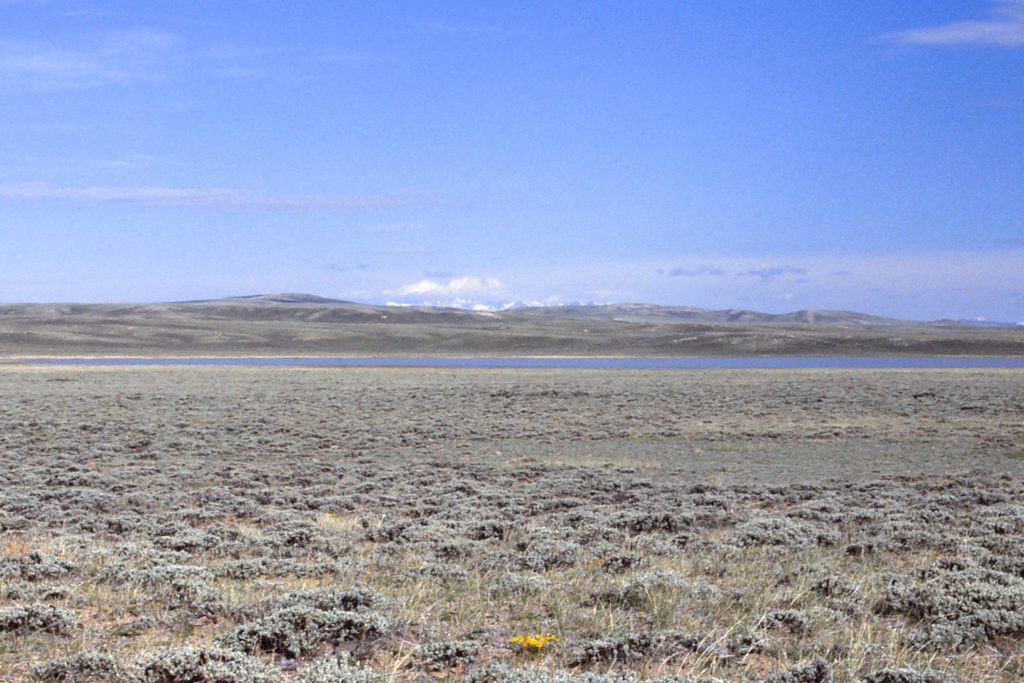
and small ones.
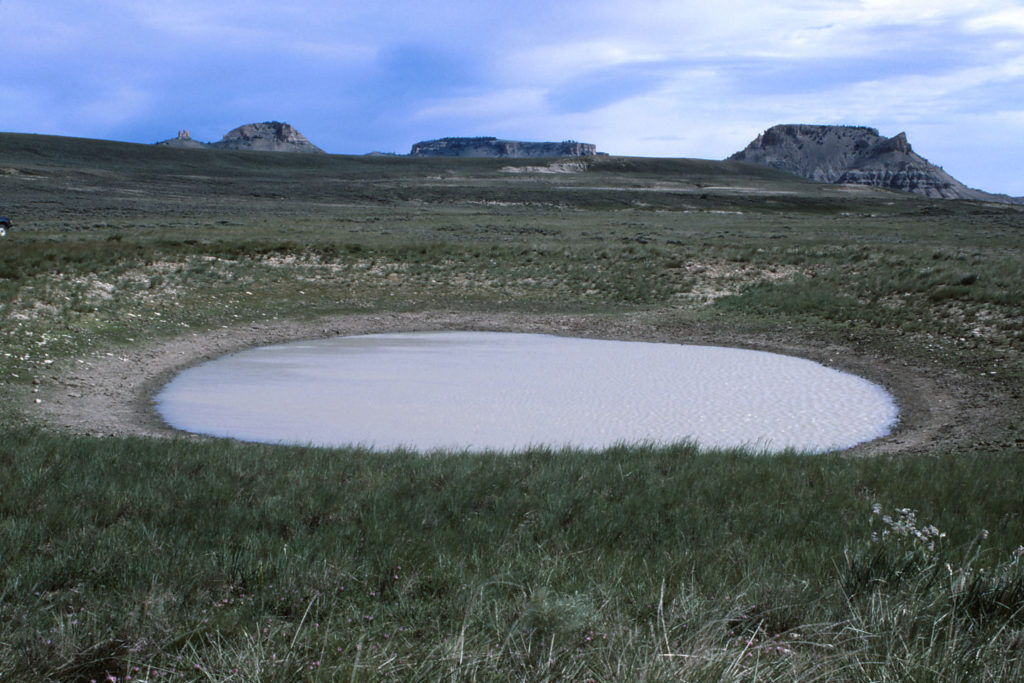
We hatch in ample ponds on soft, grassy plains as the flowers bloom . . .

and in tiny pools on hard rock with a few patches of lichen.
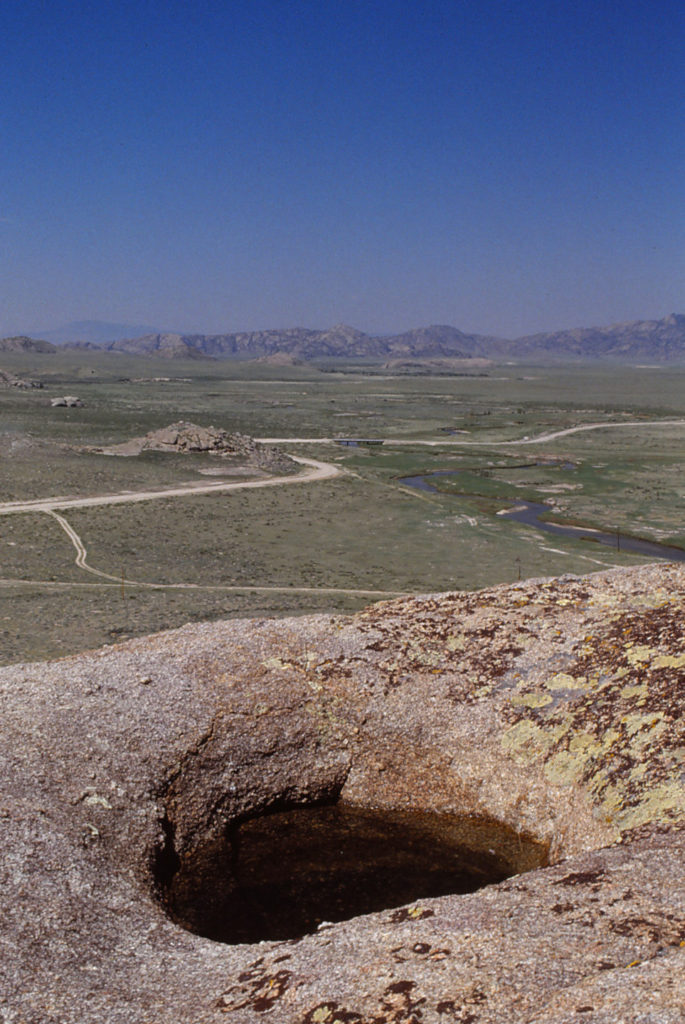
We also colonize roadside puddles . . .
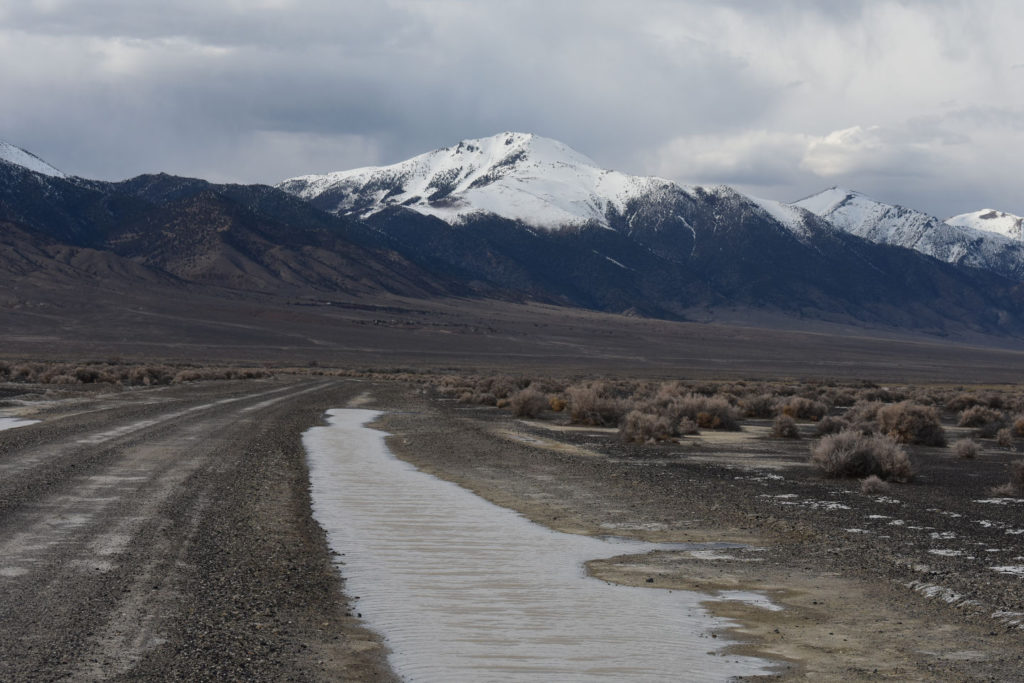
and stock-watering ponds, even if they get stinky from cow and horse feces.
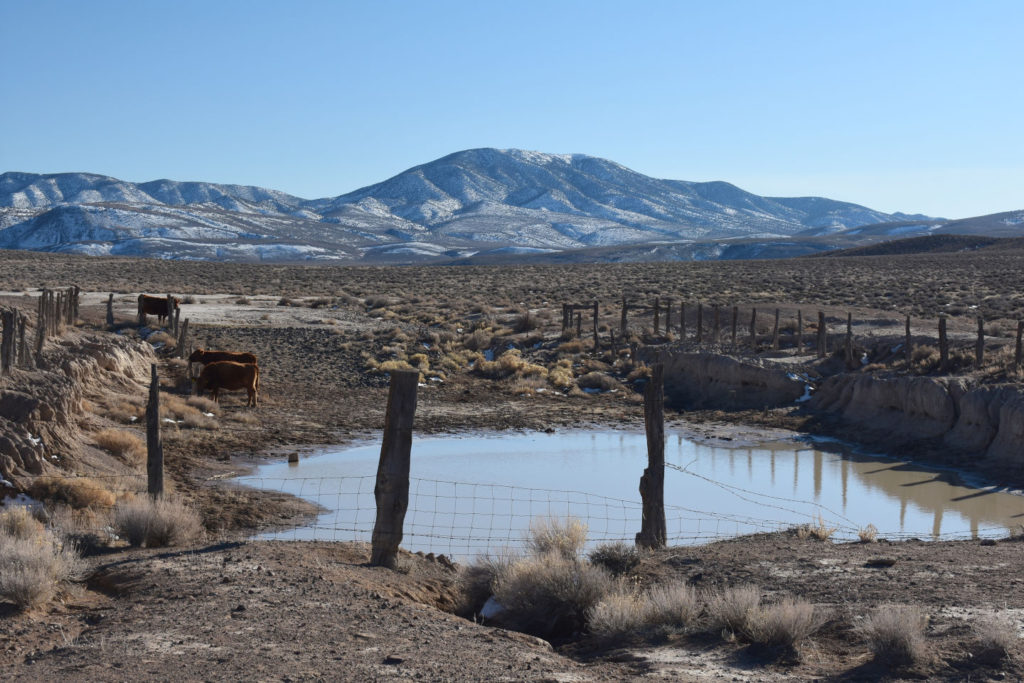
We take advantage of water that is clear . . .
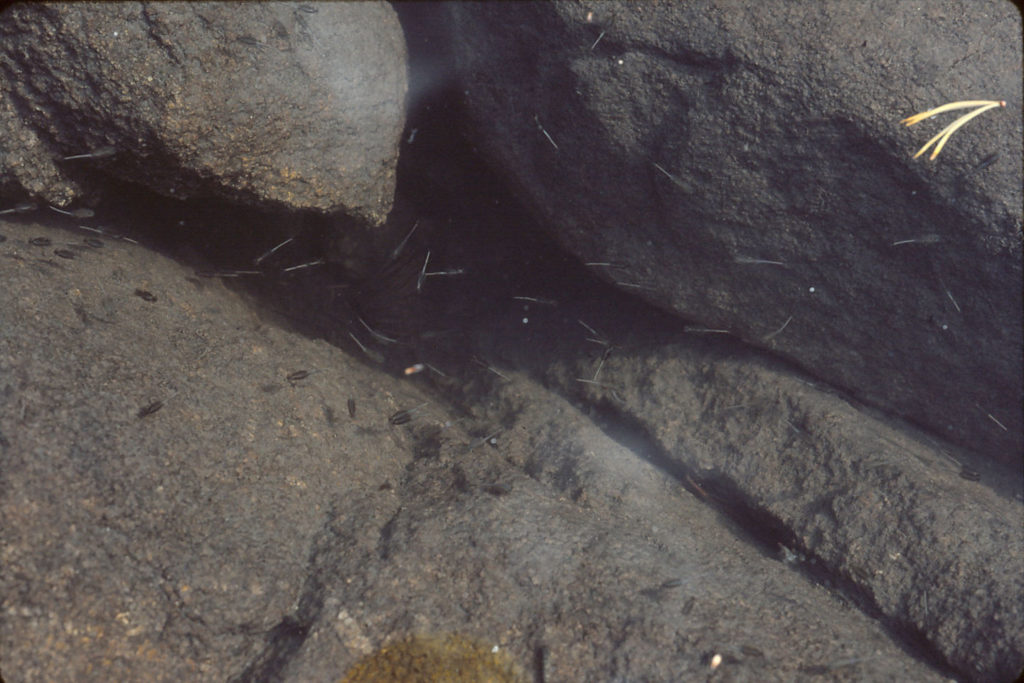
and of water that is opaque.
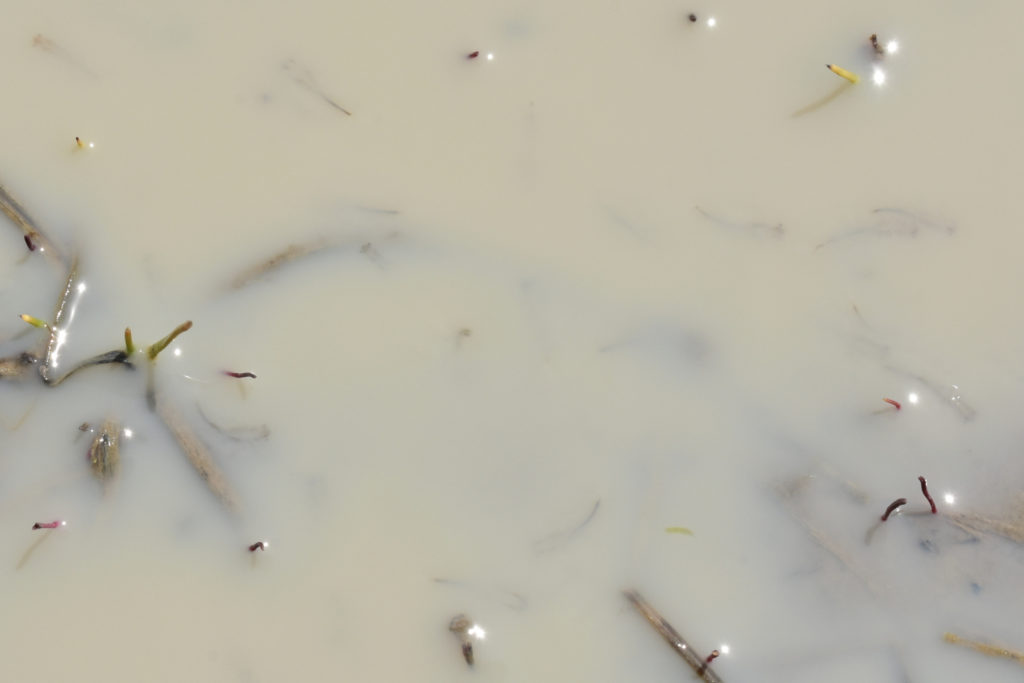
We do fine in warm water . . .
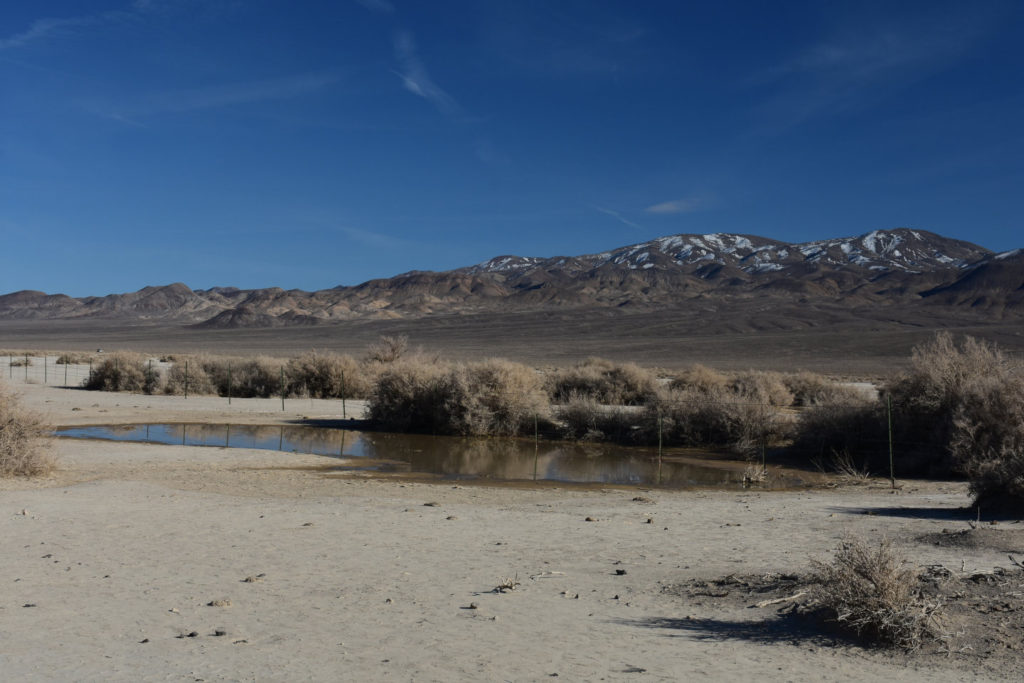
as well as in cool water.
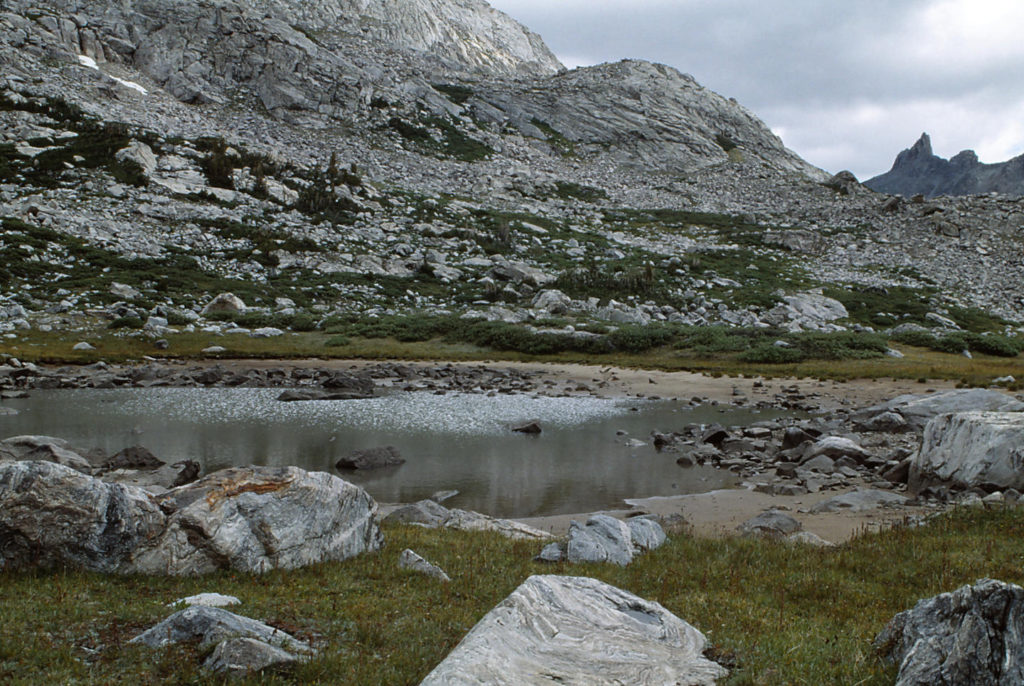
Even if the water freezes over every night, we just keep on swimming.
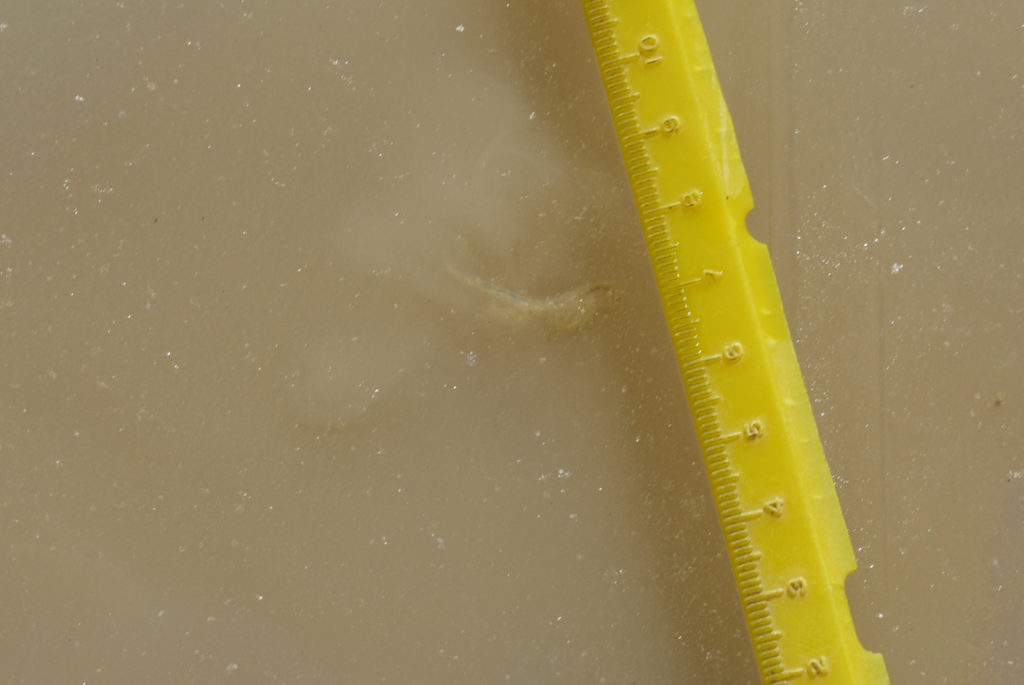
Sometimes we hatch as a sparse population . . .

and sometimes we get a little bit carried away.

Although widespread, fairy shrimp may be hard to find as dispersal of their resting eggs is rather haphazard.
A clear, shallow, alpine pond that seems like good habitat may have no fairy shrimp.
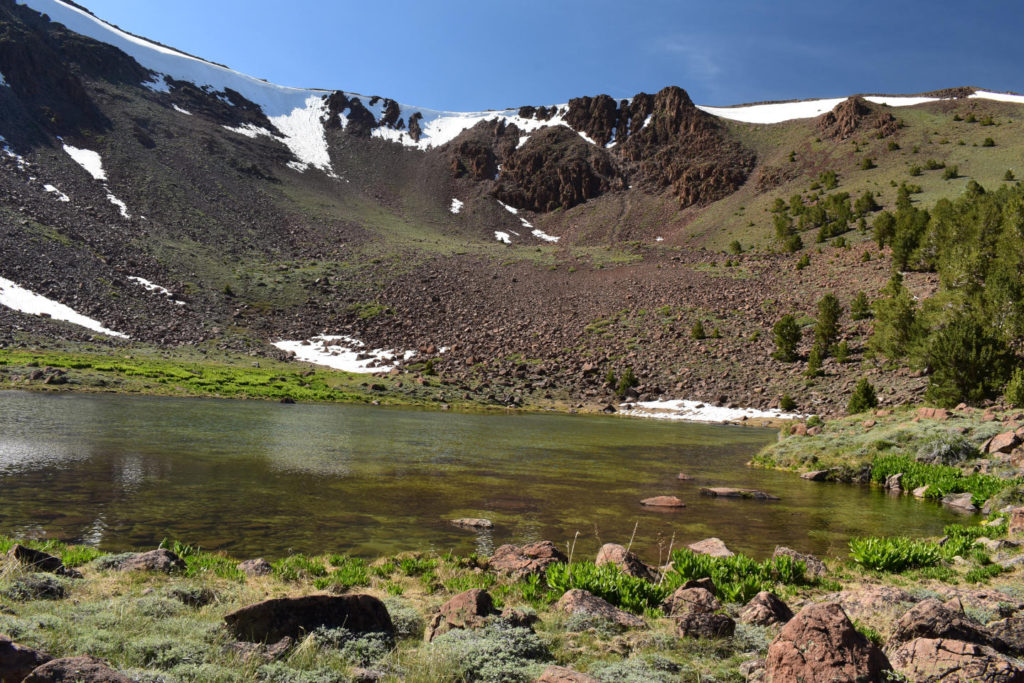
An isolated lake with cloudy water on a valley floor that appears to have the right conditions may also lack fairy shrimp.
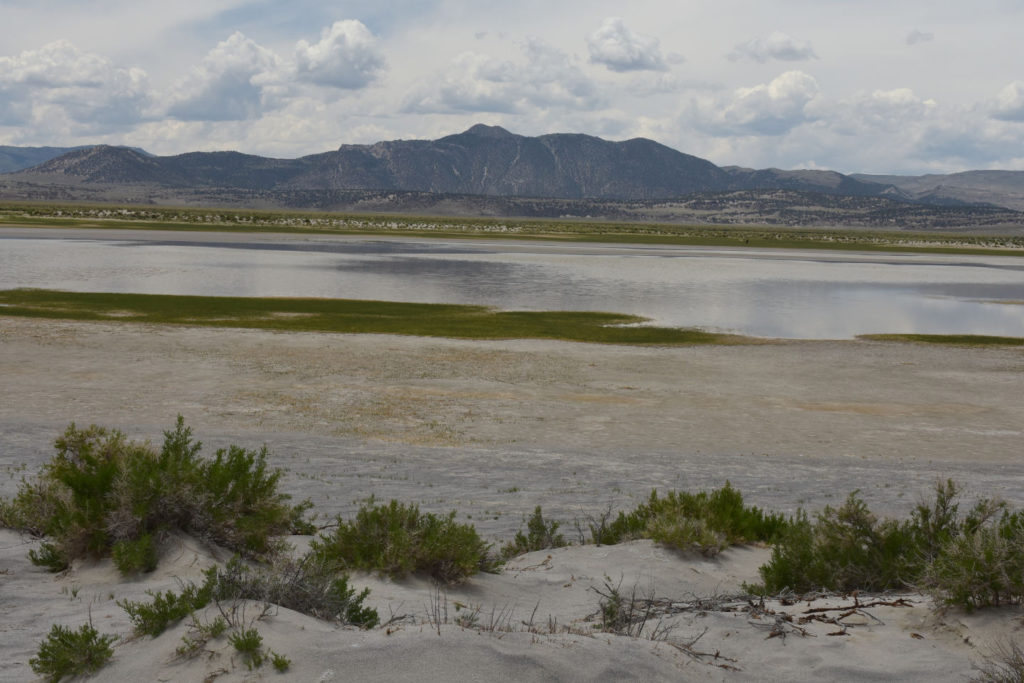
Then, there is the timing problem.
You may be too late,

or you may be too early,

or the winter may have been too dry.
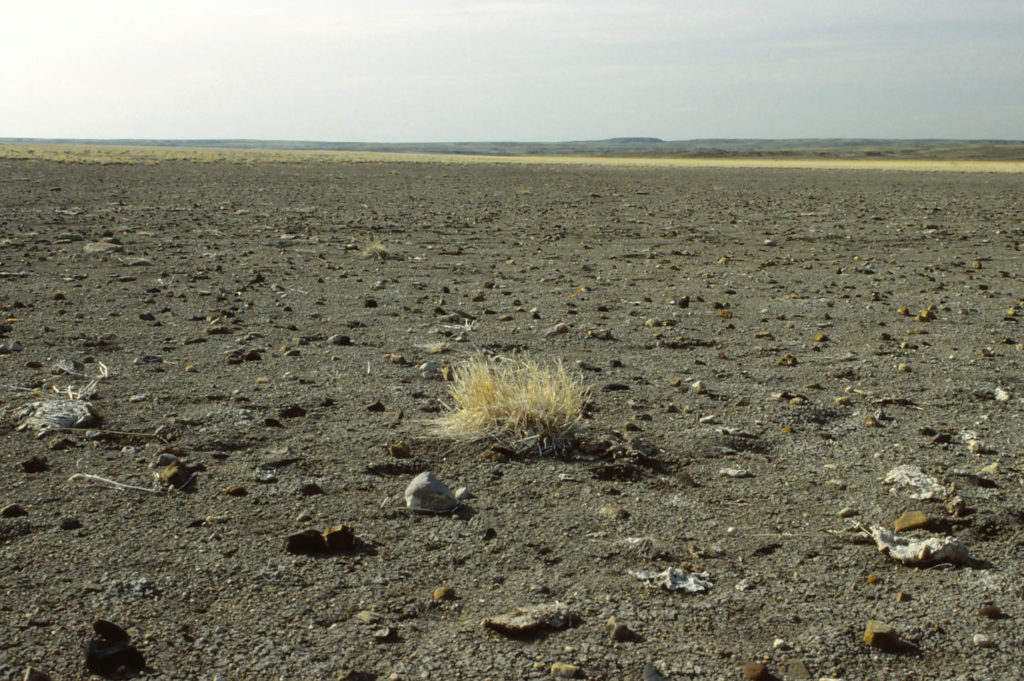
Success in fairy shrimping is uncertain but the rewards outweigh the disappointments. Here is my experience, in text and photos, so that you may learn what it is like to pursue the fleeting, fantastical, but very real fairy shrimp.
We hatch in countless water bodies every year. Take a break from your pond and have a look at ours.
